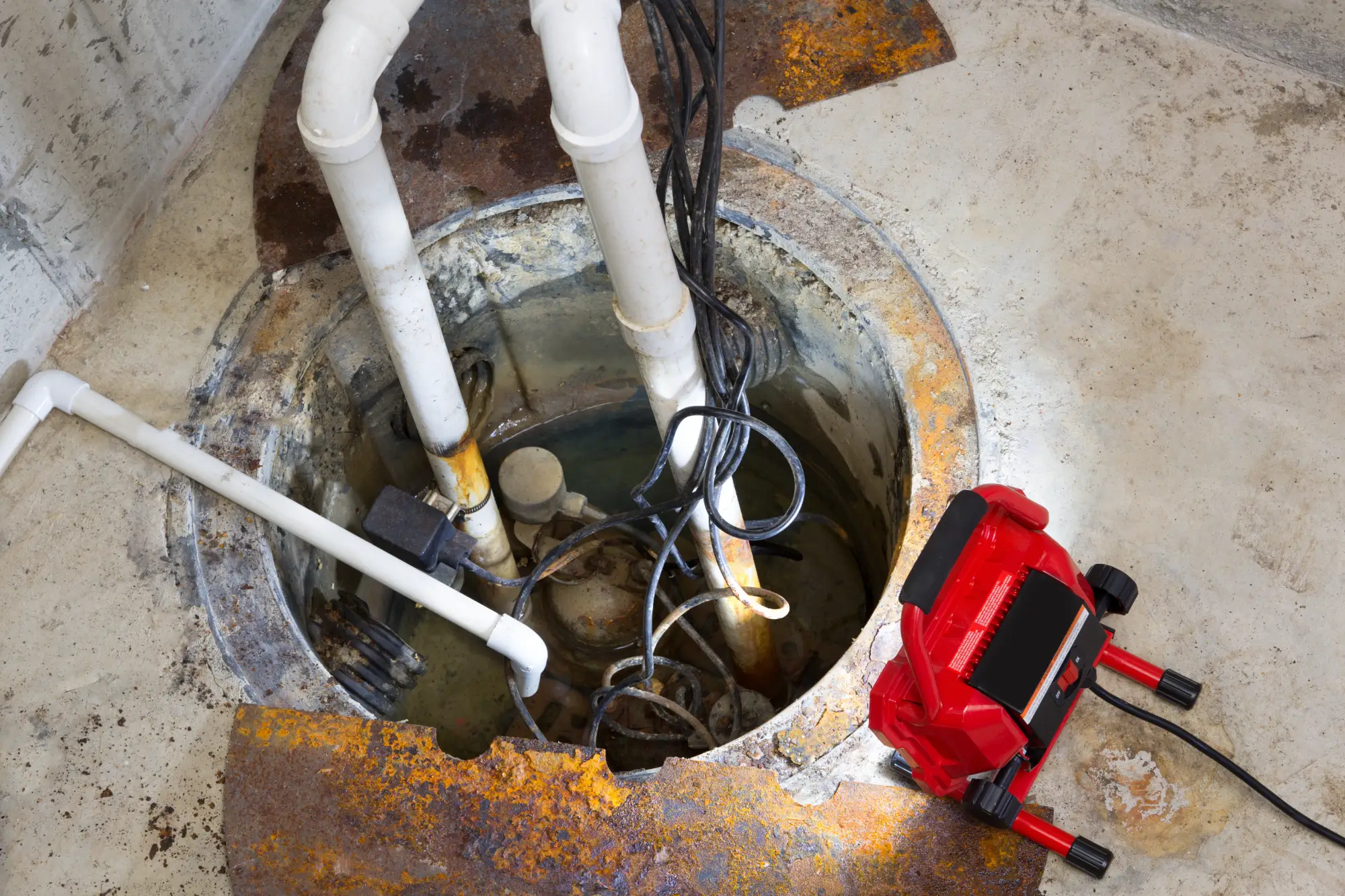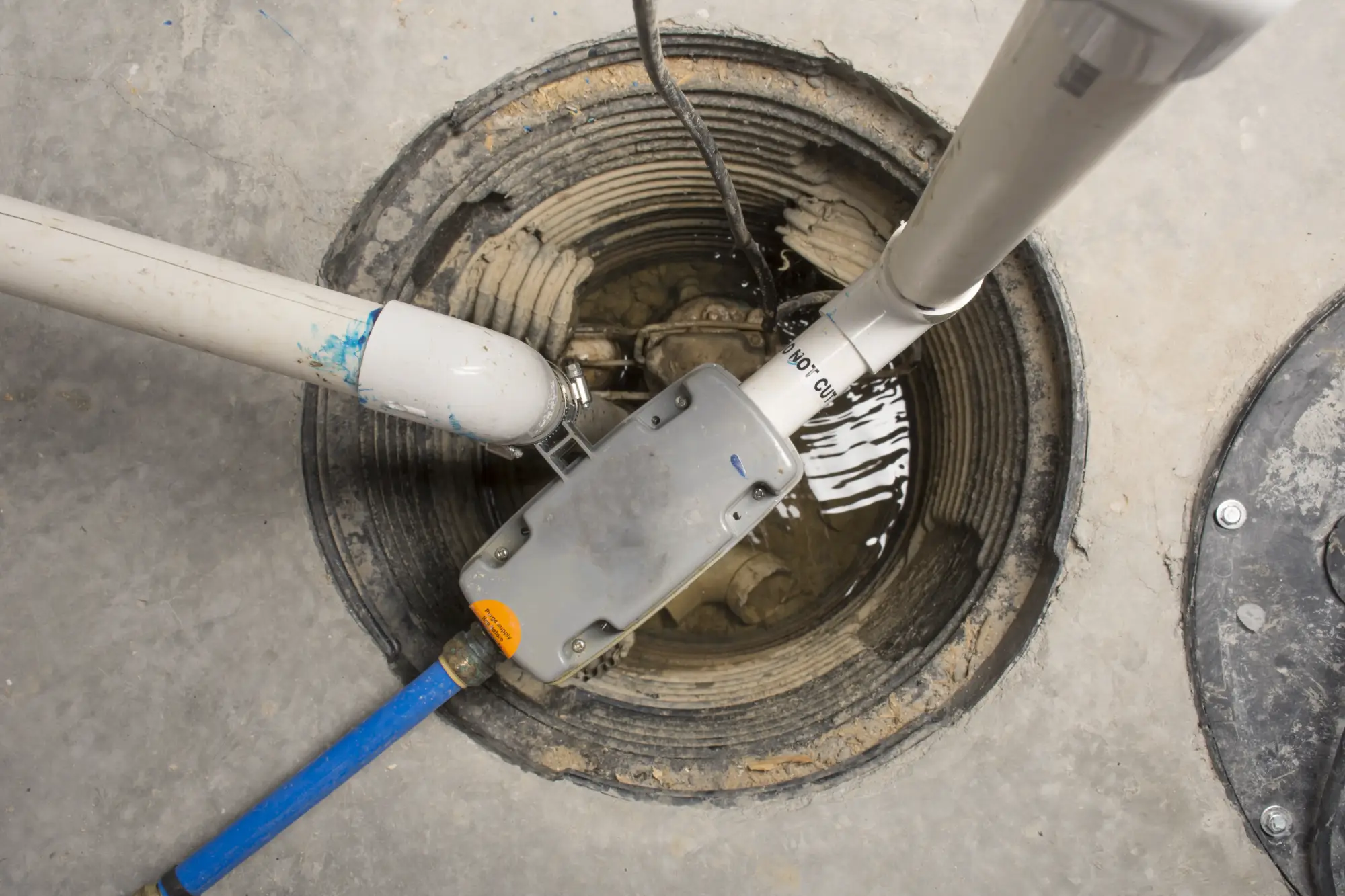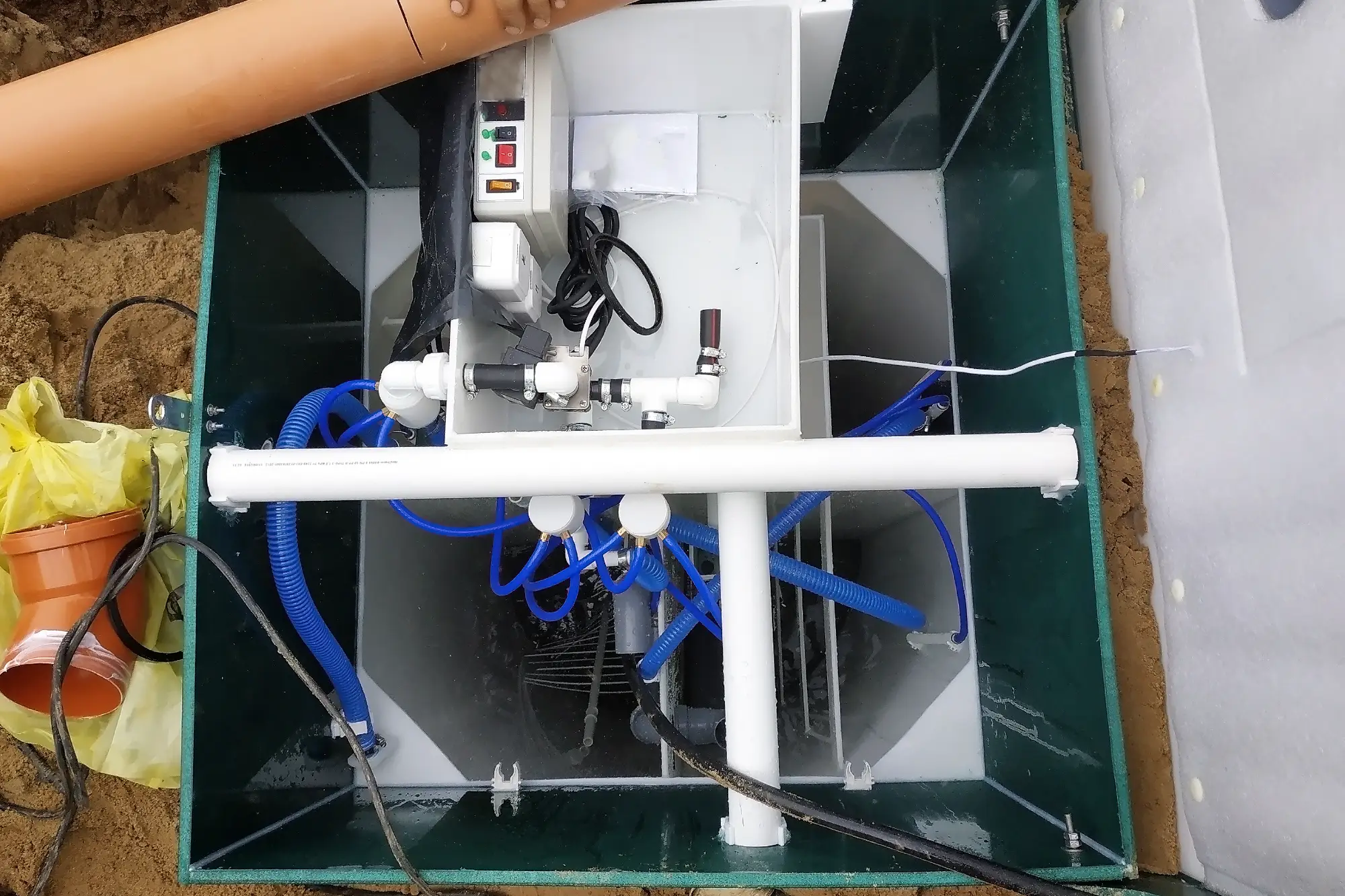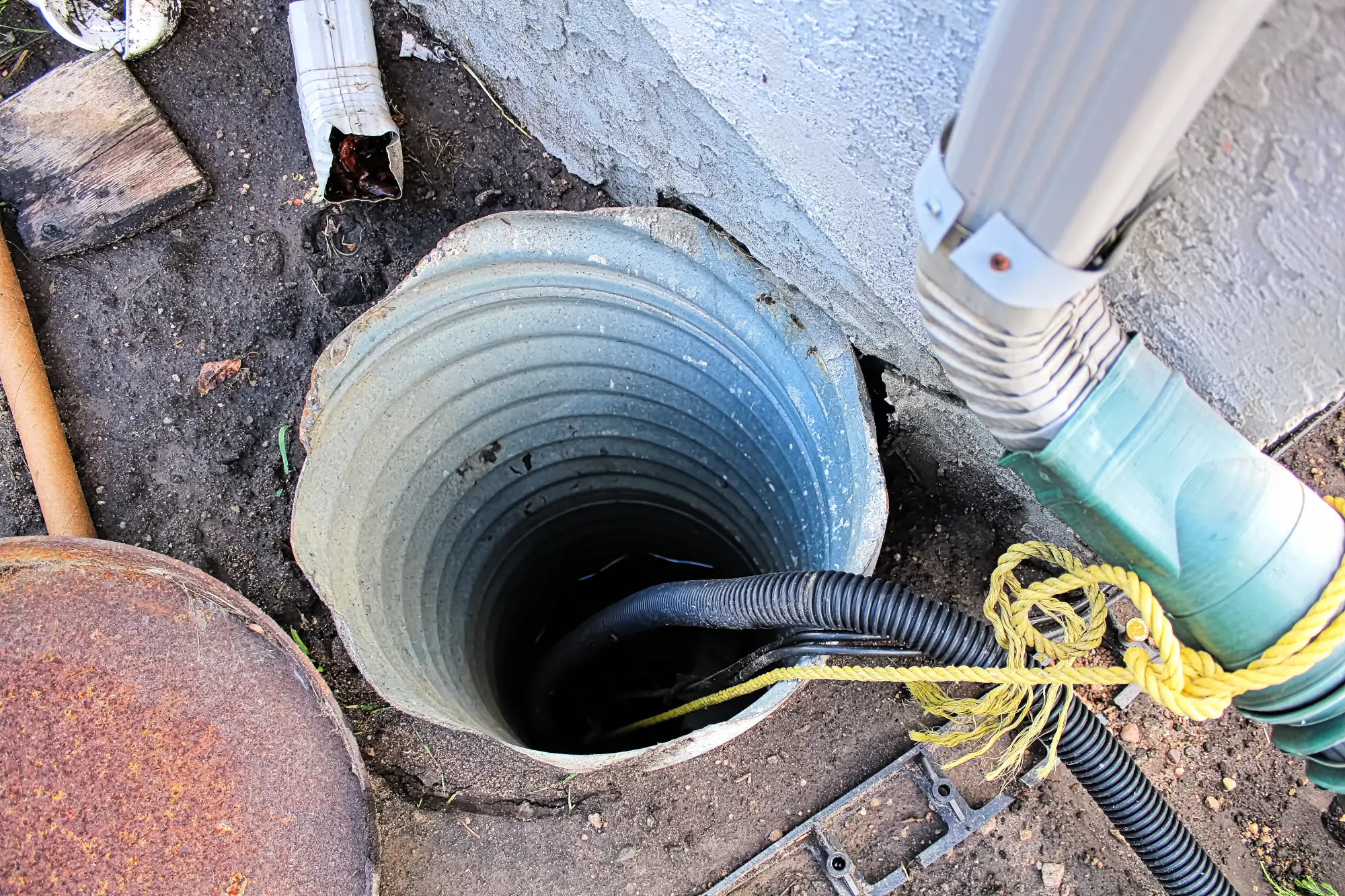Sump Pump Installation in Glen Head, NY
Stop Basement Flooding Before It Starts
Professional sump pump systems that keep your Glen Head basement dry, protecting your home and belongings year-round.

Hear About Us

Basement Protection Glen Head NY
You wake up after heavy storms without that sinking feeling in your stomach. No more rushing downstairs to check for water damage or frantically moving boxes to higher shelves when rain starts.
Your basement stays dry, your stored belongings stay safe, and you actually sleep through thunderstorms instead of lying awake worrying. The musty smell disappears, and you can use your basement space the way you intended.
A properly installed basement sump pump system works around the clock, automatically removing water before it becomes a problem. You get back the peace of mind that comes with knowing your home is protected, plus the confidence that your investment in your property is secure.
Glen Head Sump Pump Installers
We at Diamond Masonry & Waterproofing LLC have been protecting Long Island homes from water damage for years. We understand how Glen Head’s soil conditions, seasonal weather patterns, and home construction styles affect basement water management.
Every sump pump installation we complete uses quality equipment sized correctly for your specific situation. We’re not just installers – we’re local contractors who live and work in this community, and our reputation depends on systems that actually work when you need them most.

Sump Pump Installation Process
First, we assess your basement’s layout, water entry points, and drainage needs. This isn’t a one-size-fits-all situation – every Glen Head home has unique characteristics that affect how water moves through and around the foundation.
We then excavate the sump pit in the optimal location, typically the lowest point where water naturally collects. The pit gets lined properly, and we install the pump system with appropriate discharge piping that routes water safely away from your foundation.
Finally, we test everything thoroughly and walk you through the system operation. You’ll know exactly how it works, what to listen for, and when to call us if anything needs attention. The whole process typically takes a day, and you’ll have a functioning system that’s ready for the next storm.

Ready to get started?
Explore More Services
About Diamond Masonry & Waterproofing
Get a Free Consultation
Custom Sump Pump Solutions
You get a complete basement sump pump system designed for your specific needs, not a generic setup. This includes proper pit excavation, quality pump selection based on your basement size and water volume, and discharge piping that actually moves water far enough from your foundation to prevent it from coming back.
We handle the electrical connections safely and install backup power options when needed. Many Glen Head homeowners opt for battery backup systems since power outages often coincide with the storms that create the most water problems.
Every installation includes testing, cleanup, and a clear explanation of your new system. We also provide maintenance guidance so you know how to keep everything running smoothly between our service visits.

How do I know if I need a sump pump in my Glen Head basement?
What size sump pump do I need for my basement?
How long does sump pump installation take in Glen Head?
Do I need a battery backup for my sump pump system?
How often does a sump pump need maintenance or replacement?
What happens to the water after the sump pump removes it?
Local Resources
- Google Map Link
- Find the Glen Head, NY USPS
- Locate Nearby Glen Head, NY Pharmacies
- View the Current Weather in Glen Head, NY
- Glen Head, NY is located in Nassau county in New York State